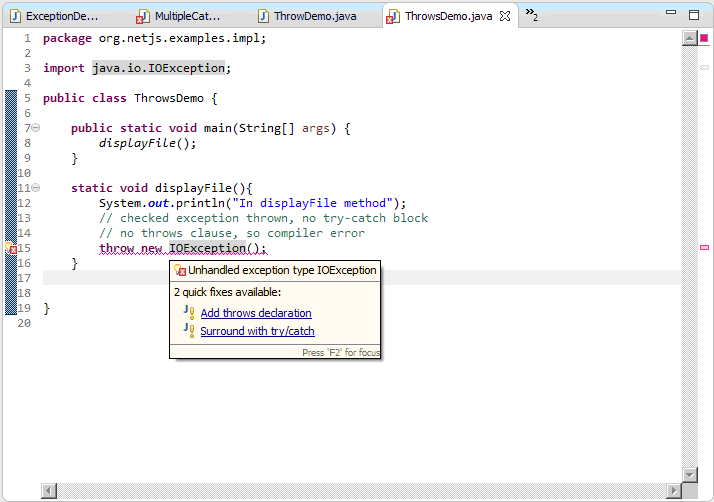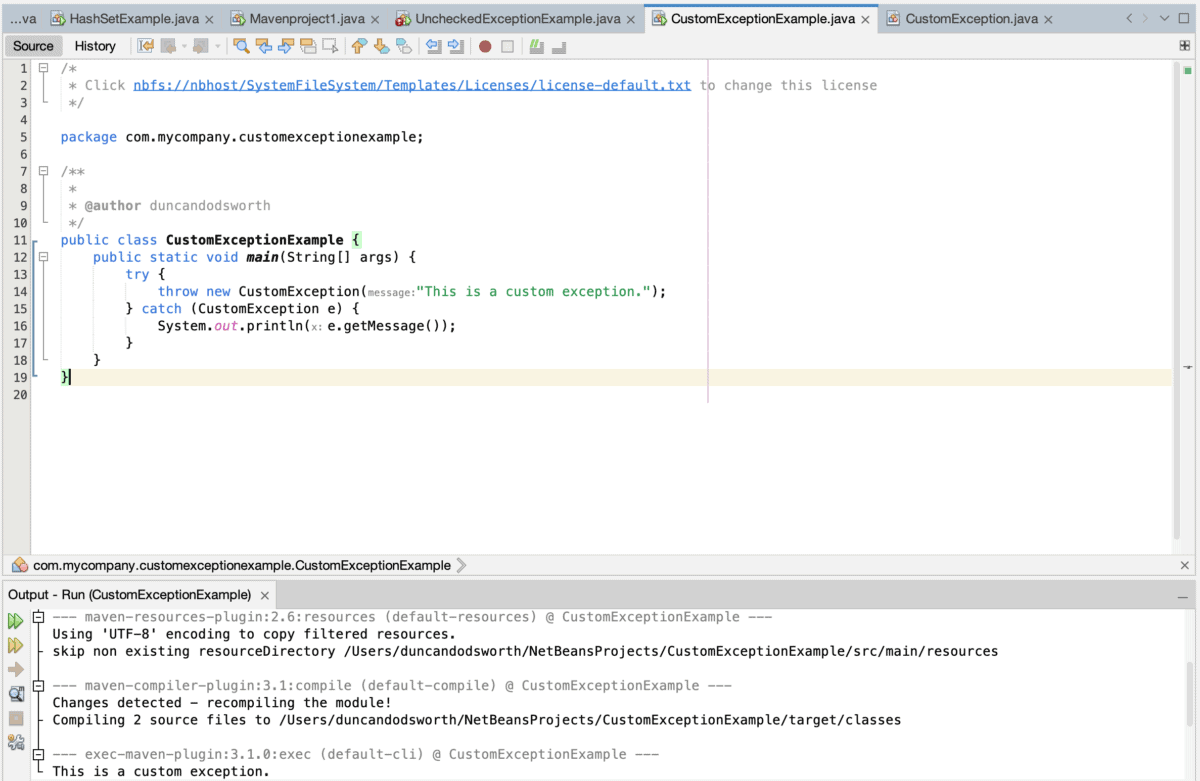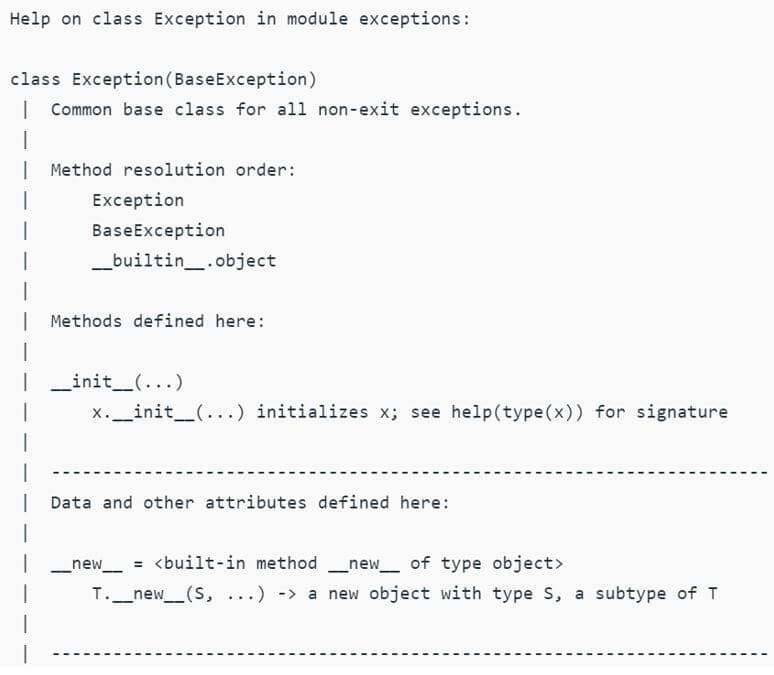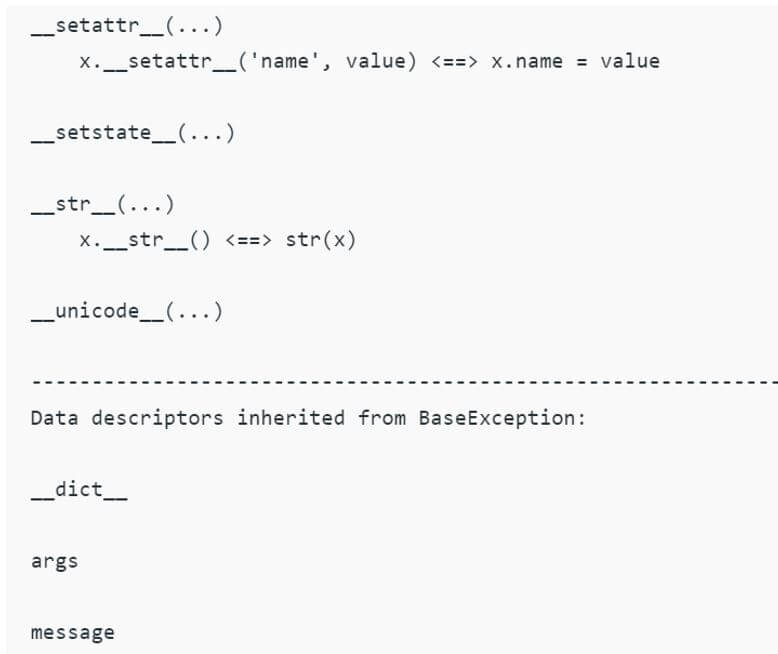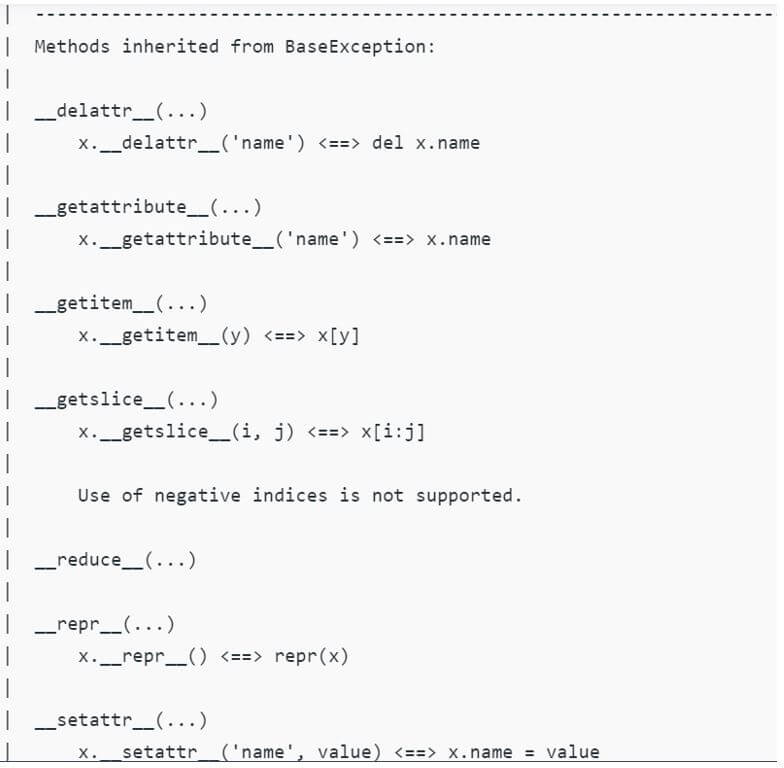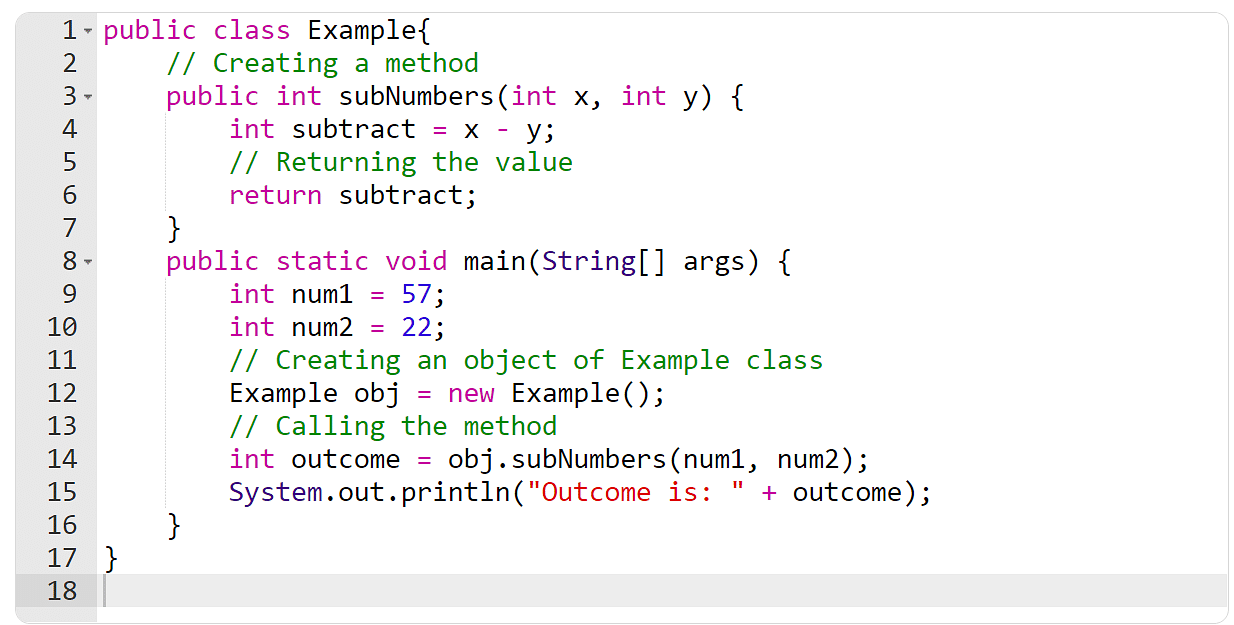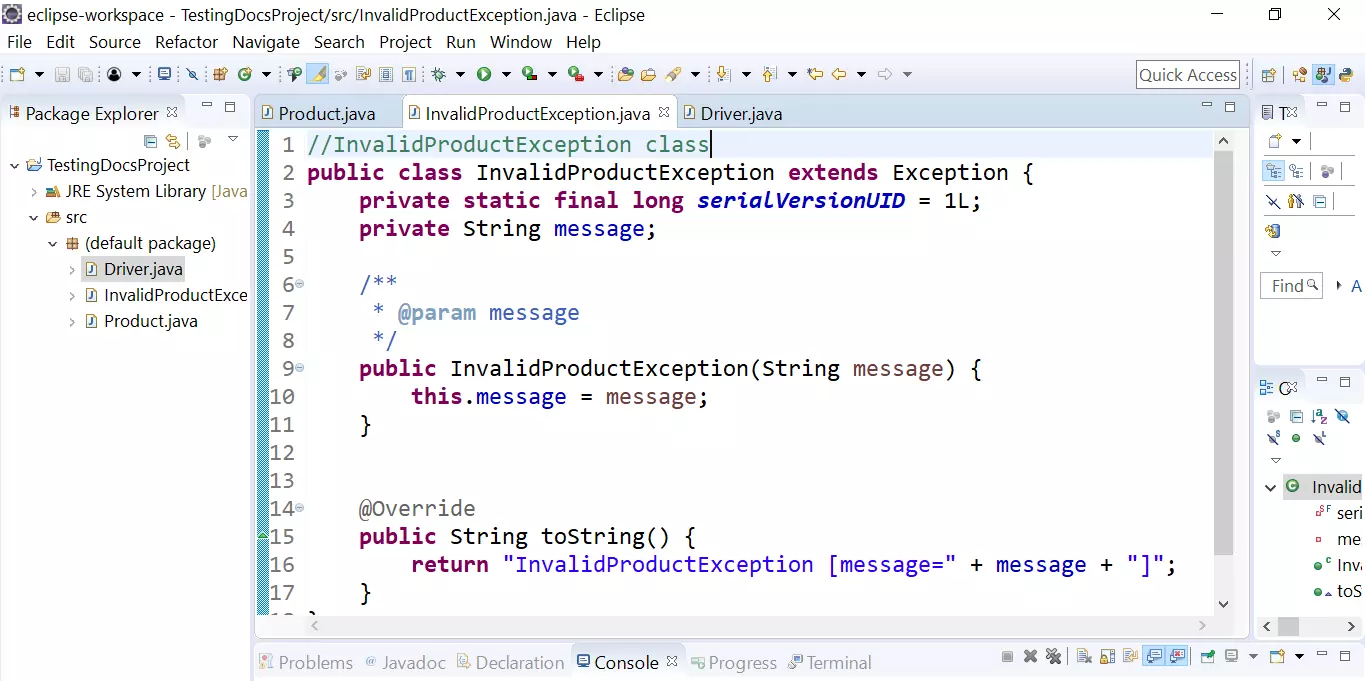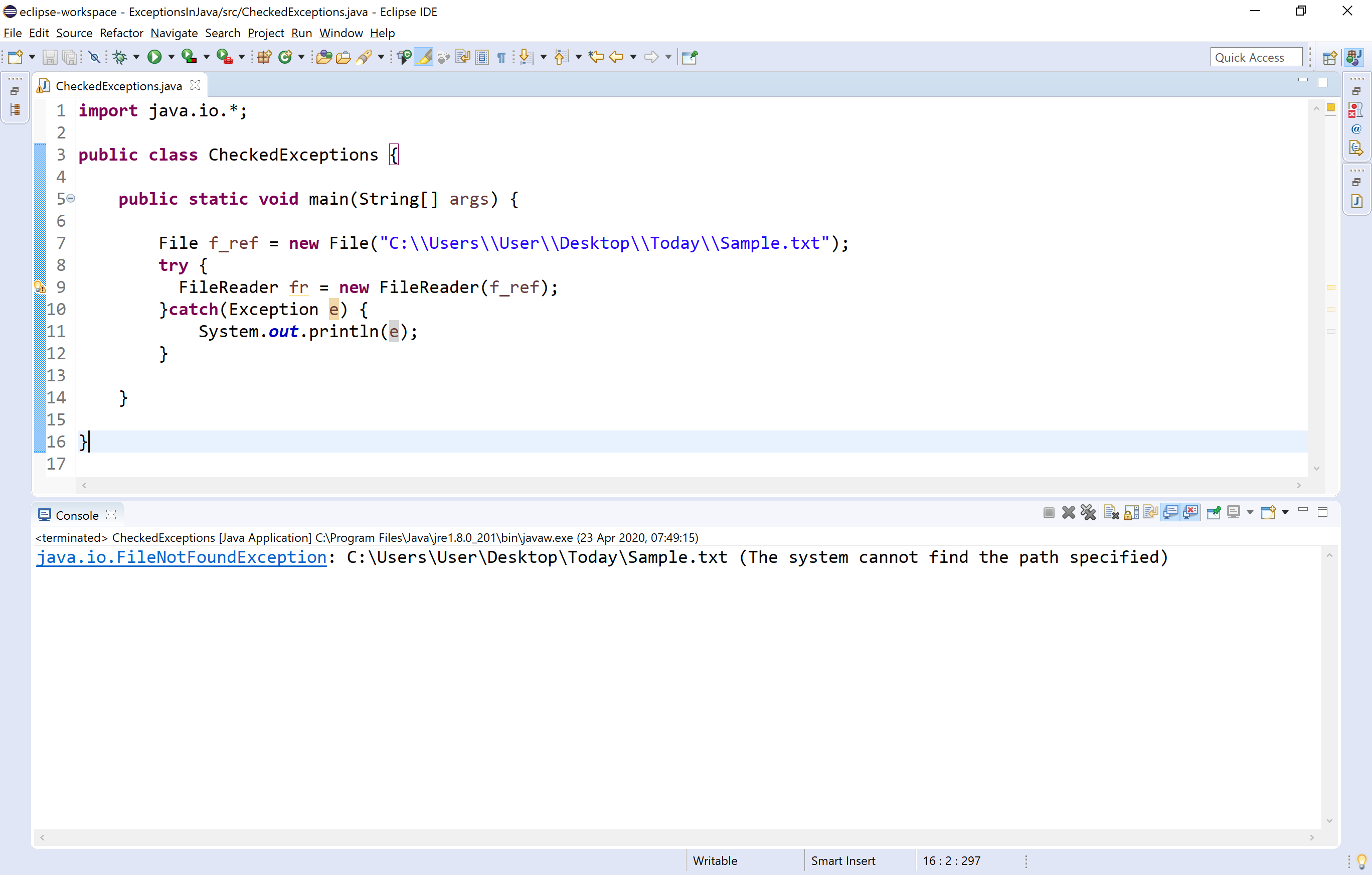Wonderful Tips About How To Write User Defined Exceptions In Java
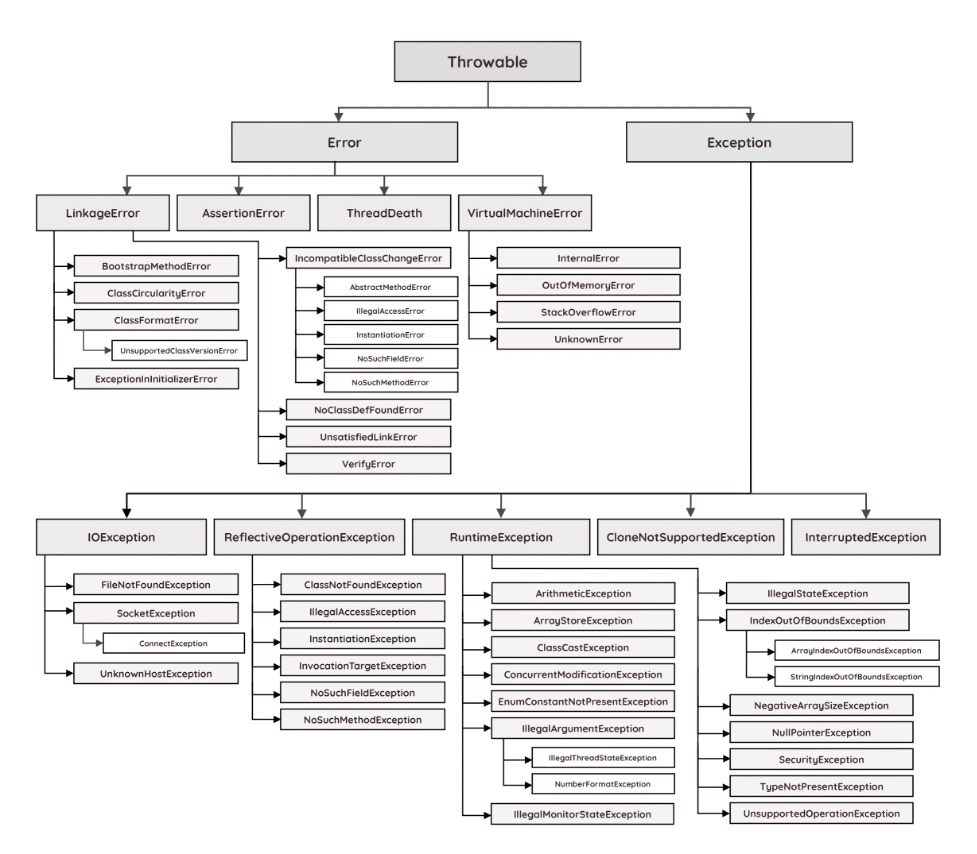
Lets see how to define user defined exceptions in java.
How to write user defined exceptions in java. Basically, java custom exceptions are used to. The exceptions created per our use case and thrown using the throw keyword are user. Create a new class whose name should end.
If you want an exception that is unchecked, you need to extend runtimeexception. Class use extends exception{ public string tostring() { return too many exceptions; Create a custom exception class that extends the base exception class (java.lang.exception).
In this post, you will learn to: Java provides us the facility to create our own exceptions which are basically derived classes of exception. In the code, we have used a parameterized constructor which displays (this is error message).
Below are the steps to create user defined or custom exception : Java also allows users to define their own exceptions. In this tutorial we will see how to create your own custom exception and throw it on a particular condition.
Exceptions can be categorized in two ways: In java, we can create our own exceptions that are derived classes of the exception class. While creating a user defined exception, your exception should always extend from exception or any of its subclass.
Let's examine these actions using illustrations, screenshots,. How to use throw for user defined exceptions?give some example? All you need to do is create a new class and have it extend exception.
Explain handling and throwing of user. Create a class for your user defined exception.

